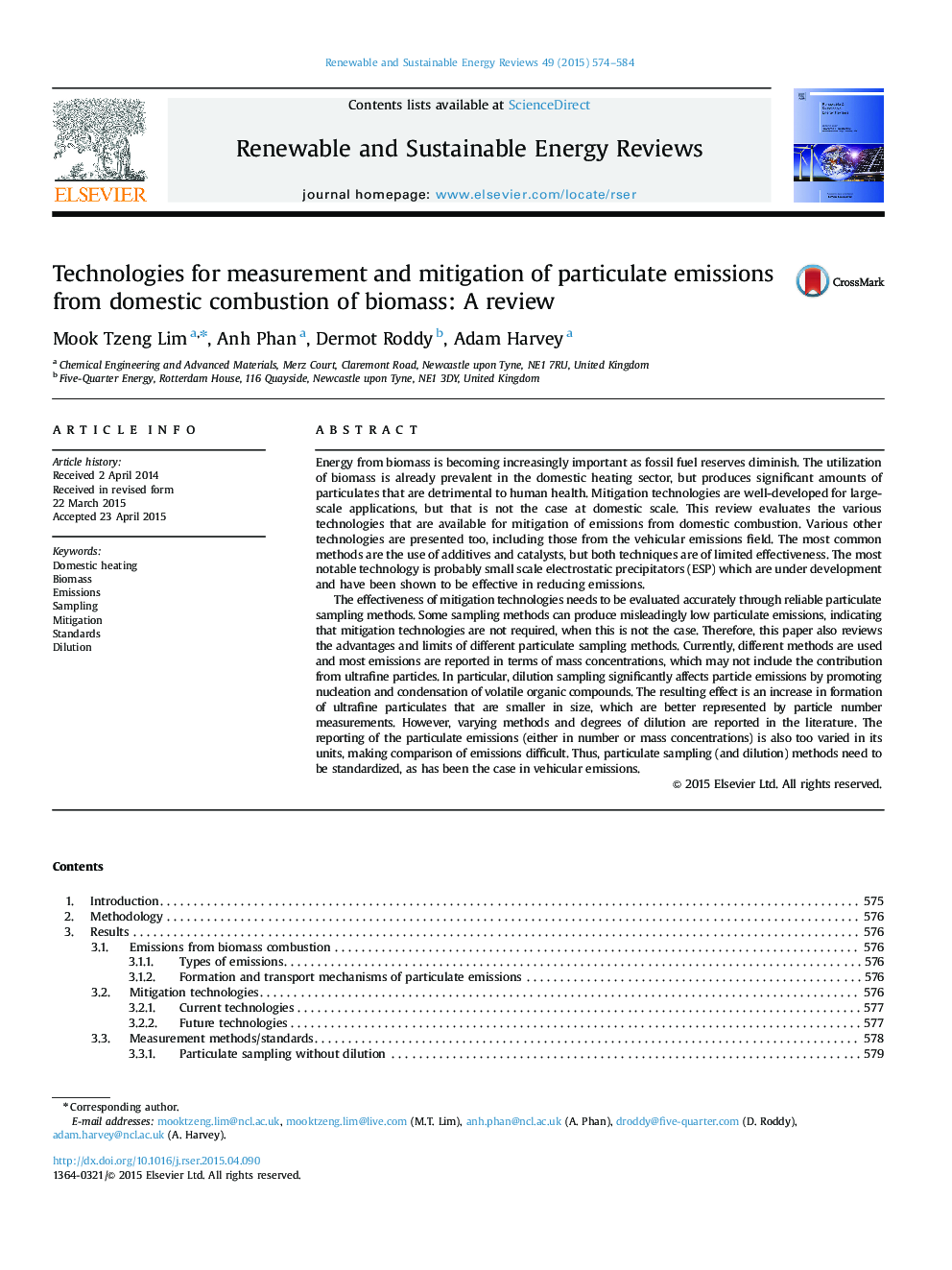| Article ID | Journal | Published Year | Pages | File Type |
|---|---|---|---|---|
| 8116632 | Renewable and Sustainable Energy Reviews | 2015 | 11 Pages |
Abstract
The effectiveness of mitigation technologies needs to be evaluated accurately through reliable particulate sampling methods. Some sampling methods can produce misleadingly low particulate emissions, indicating that mitigation technologies are not required, when this is not the case. Therefore, this paper also reviews the advantages and limits of different particulate sampling methods. Currently, different methods are used and most emissions are reported in terms of mass concentrations, which may not include the contribution from ultrafine particles. In particular, dilution sampling significantly affects particle emissions by promoting nucleation and condensation of volatile organic compounds. The resulting effect is an increase in formation of ultrafine particulates that are smaller in size, which are better represented by particle number measurements. However, varying methods and degrees of dilution are reported in the literature. The reporting of the particulate emissions (either in number or mass concentrations) is also too varied in its units, making comparison of emissions difficult. Thus, particulate sampling (and dilution) methods need to be standardized, as has been the case in vehicular emissions.
Related Topics
Physical Sciences and Engineering
Energy
Renewable Energy, Sustainability and the Environment
Authors
Mook Tzeng Lim, Anh Phan, Dermot Roddy, Adam Harvey,
